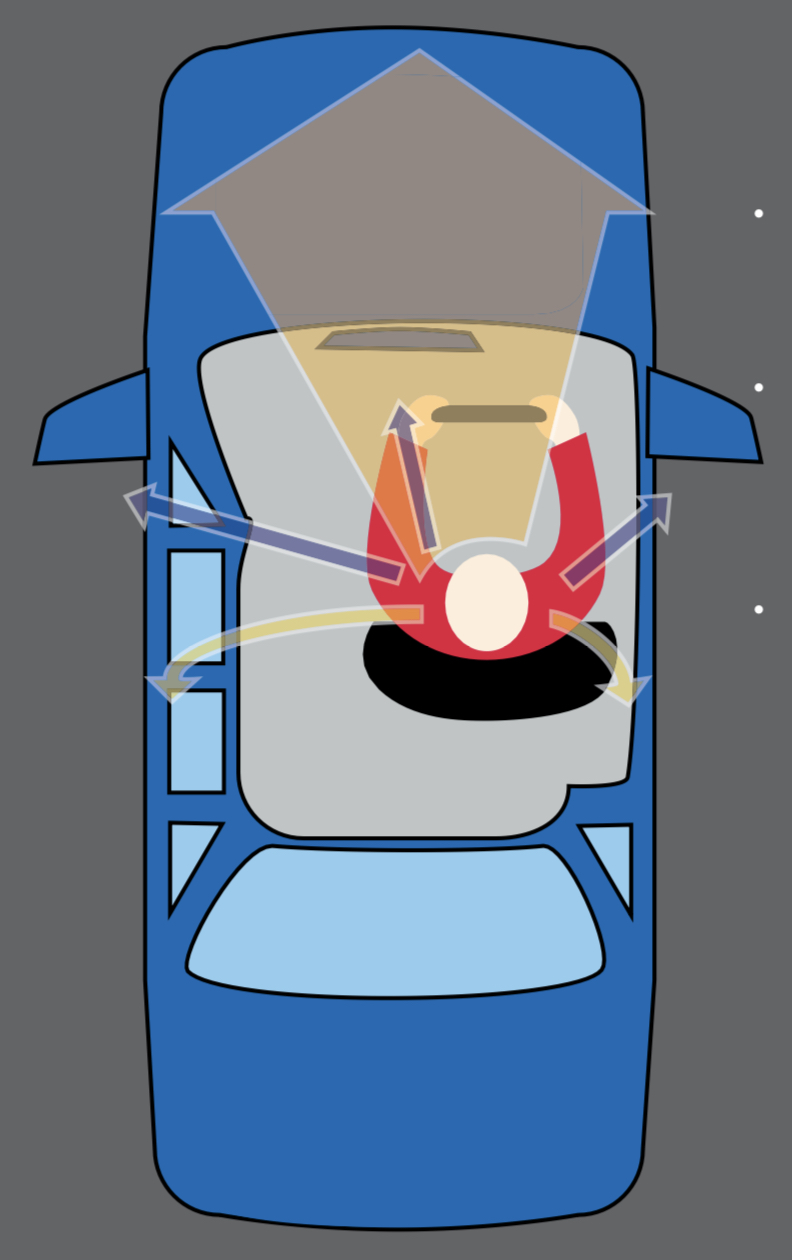Kerbside stop

Leaving the kerb
1. Check rear view mirror
2. Indicate right (Minimum 5 seconds, required by law)
3. Check left mirror and blind spot
4. Check rear view mirror again
5. Check right mirror and blind spot
6. Make sure you have a 6 second gap from traffic behind
7. If safe move away from kerb
8. Clear the indicator if required

Return to kerb
1. Check rear view mirror
2. Indicate left, indicate your intentions providing enough warning for other drivers to know.
3. Check left mirror and left blind spot, you must check you blind spots by conducting a head-check in the direction you are moving.
4. If safe move to kerb using two stage braking, the closer you get to the kerb the slower you should go.
4.1. Two-stage braking improves braking effectiveness, reduces the likelihood of skidding and provides better control:
4.1.1. Put light pressure on the brake pedal and pause (set up the brakes)
4.1.2. Progressively apply the necessary braking pressure (squeeze)
4.1.3. Harsh or excessive braking pressure may cause skidding and a loss of control, particularly on wet or gravel roads.
5. The car should be parallel and closer than half a metre to the kerb, the wheels must not touch the kerb. If parking behind another car, make sure you leave at least one metre.
6. Secure car by shutting down engine
6.1.
Shift to park (first gear if driving a manual vehicle) and
apply park break.
6.2. Shut down engine
6.3. Take foot off break